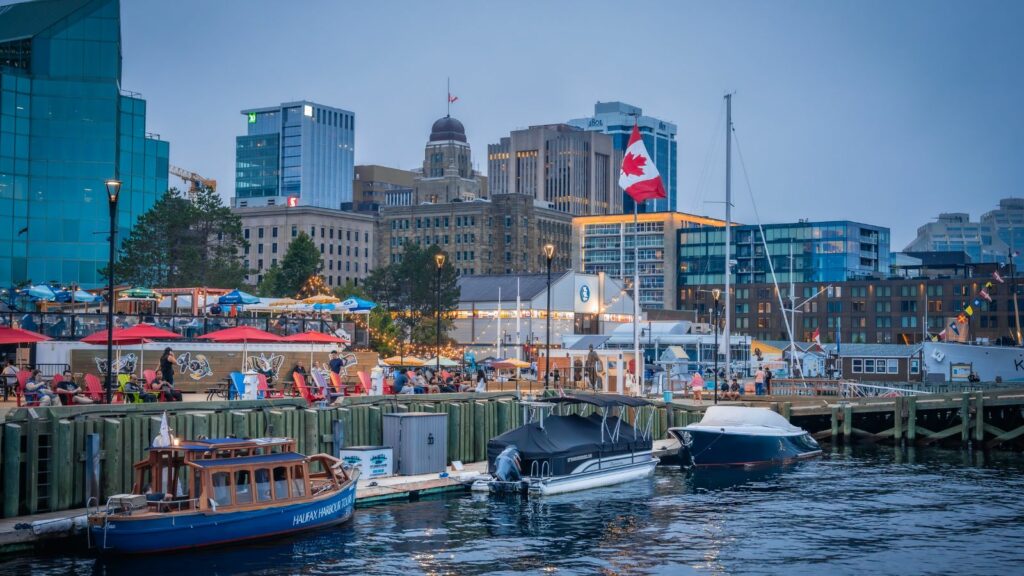While headlines often focus on American tech hubs and housing booms, several Canadian cities are experiencing remarkable growth under the radar. These places are quietly building stronger economies, attracting new residents, and redefining what opportunity looks like north of the border. Here are 18 Canadian cities that are quietly booming while everyone looks south.
Halifax, Nova Scotia
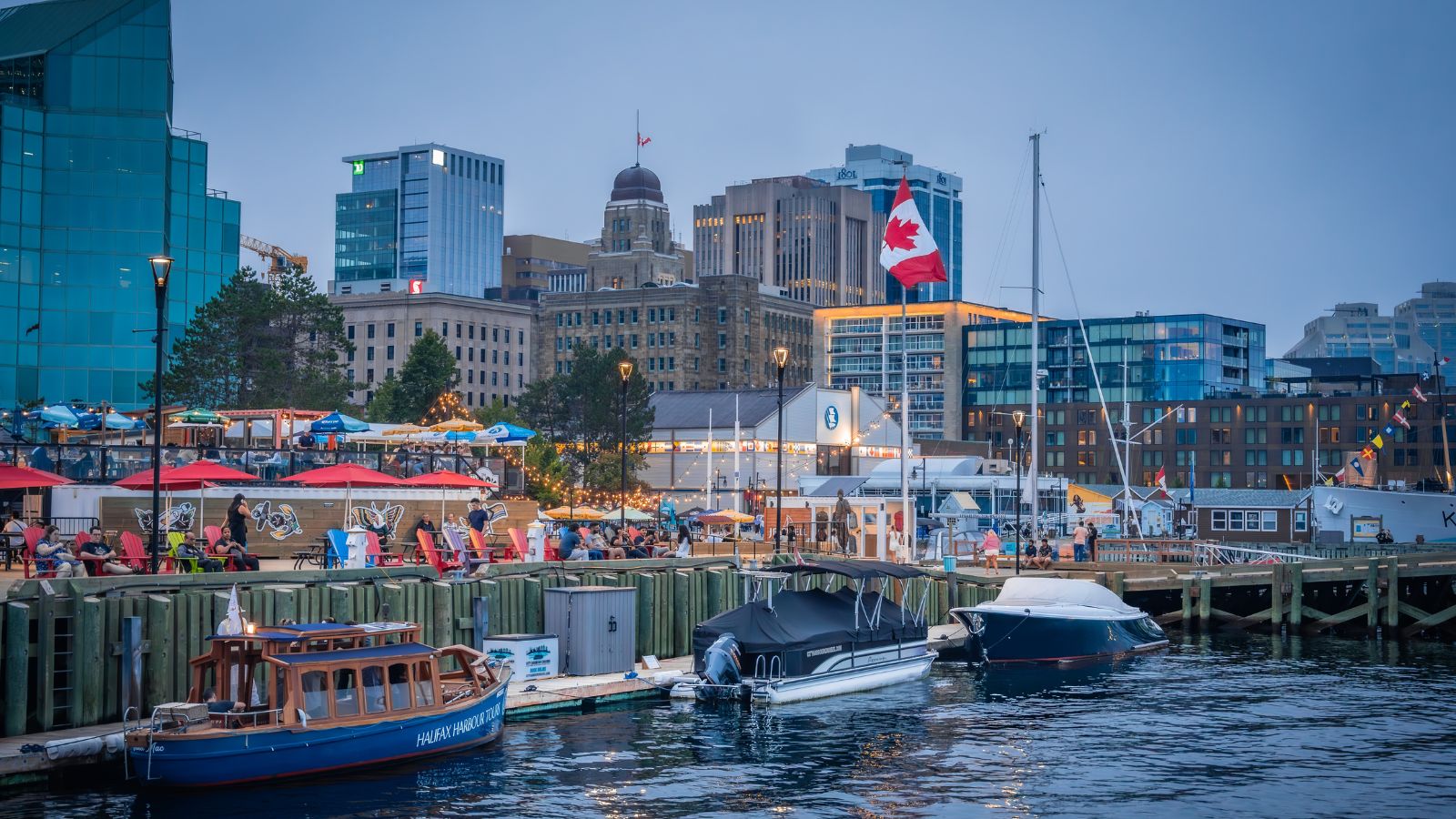
Halifax has become one of Canada’s most dynamic regional capitals, seeing strong growth in technology, education, and ocean industries. The city’s population surged by more than 20 percent over the last decade, fueled by international immigration and university talent retention. Its innovation ecosystem, led by Dalhousie University and Volta Labs, attracts startups in clean tech and marine research. Housing costs, though rising, remain below national averages, drawing remote workers from Toronto and Vancouver. Halifax’s waterfront renewal and direct links to Europe via shipping and air transport make it a globally connected small city with surprising economic weight.
Kitchener-Waterloo, Ontario

Known as Canada’s “Silicon Valley North,” Kitchener-Waterloo continues to thrive as a major tech corridor. Anchored by the University of Waterloo and dozens of innovation hubs, it has become a magnet for startups and major players like Google and Shopify. Venture capital investment has increased steadily, while housing remains cheaper than in Toronto. The region’s diverse workforce and expanding transit network through the ION light rail make it a livable yet globally relevant city. With research strengths in AI, quantum computing, and cybersecurity, Kitchener-Waterloo is now leading the country in digital transformation across multiple sectors.
Saskatoon, Saskatchewan
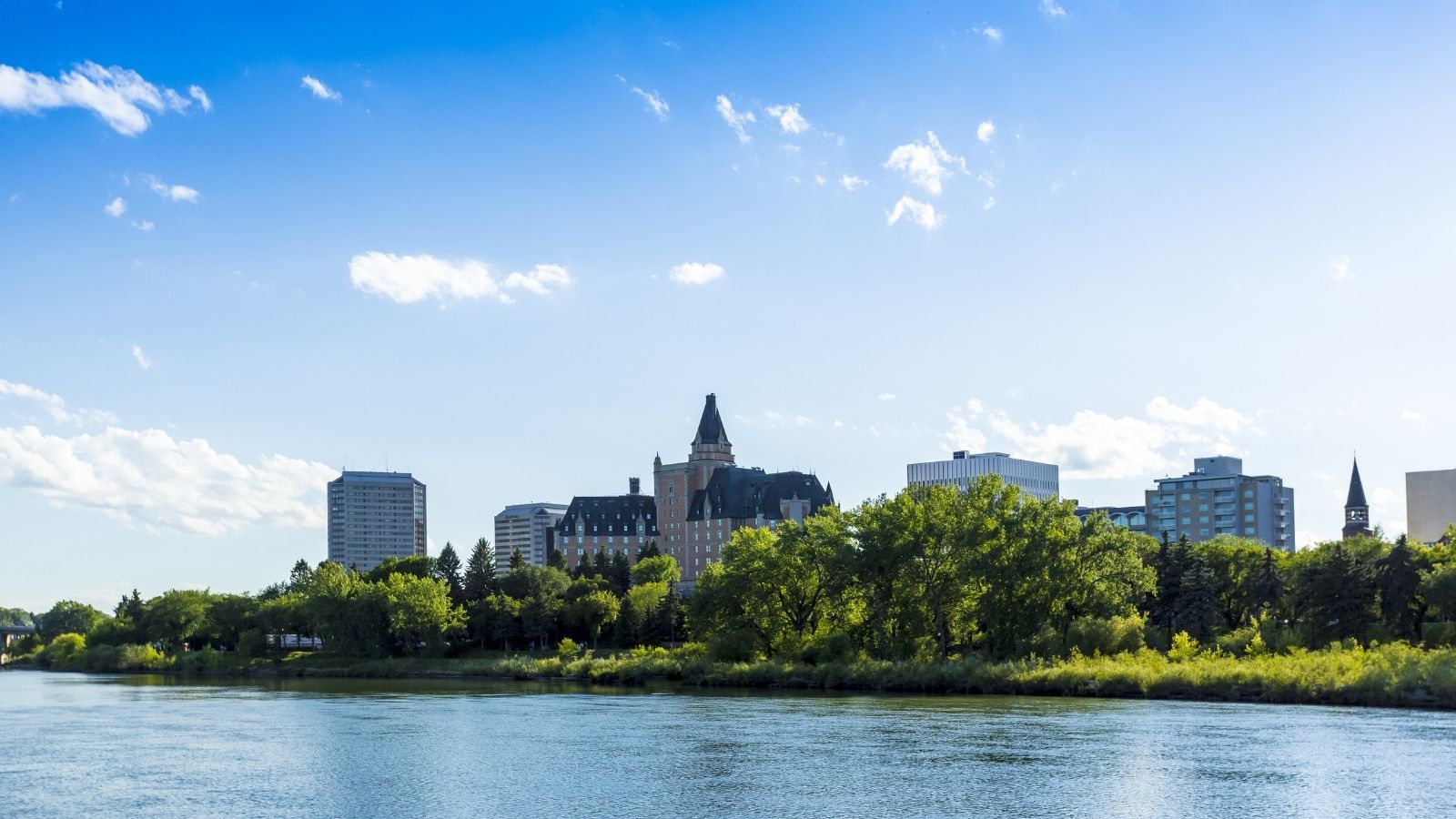
Saskatoon’s growth often escapes national headlines, yet it’s quietly one of the country’s fastest-expanding mid-sized cities. Agriculture, potash mining, and biotech are the backbone of its economy, supported by a youthful population and strong local entrepreneurship. The University of Saskatchewan’s innovation park has fostered advances in food sciences and agri-tech, positioning the city at the heart of sustainable farming technology. Despite volatile commodity prices, Saskatoon maintains steady employment rates and rising construction activity. Its relatively low cost of living and welcoming immigration policies make it a preferred destination for skilled newcomers and young families.
Moncton, New Brunswick

Moncton has transformed from a transportation town to an emerging service and tech hub. Its bilingual workforce gives it a competitive edge in customer support, IT, and finance sectors. With affordable housing and a strong sense of community, Moncton attracts families relocating from larger provinces. Population growth has surged, especially since remote work became mainstream. The city’s airport expansion and downtown revitalization have also supported business investment. Moncton’s economy remains diversified, balancing logistics, education, and digital industries, ensuring stability even during national slowdowns. It’s now recognized as one of Atlantic Canada’s most future-ready small cities.
Kelowna, British Columbia

Kelowna has evolved beyond its image as a retirement retreat. The city is now a fast-growing tech and lifestyle hub, drawing professionals seeking a balance between work and recreation. Its technology sector employs thousands, supported by initiatives like Accelerate Okanagan and the University of British Columbia Okanagan campus. Tourism and viticulture remain strong, but new housing and remote-work appeal have accelerated population growth. Kelowna’s airport expansion and downtown housing developments show its transformation from a seasonal town to a year-round economy. It’s one of the few cities successfully blending economic expansion with natural beauty and sustainability.
London, Ontario
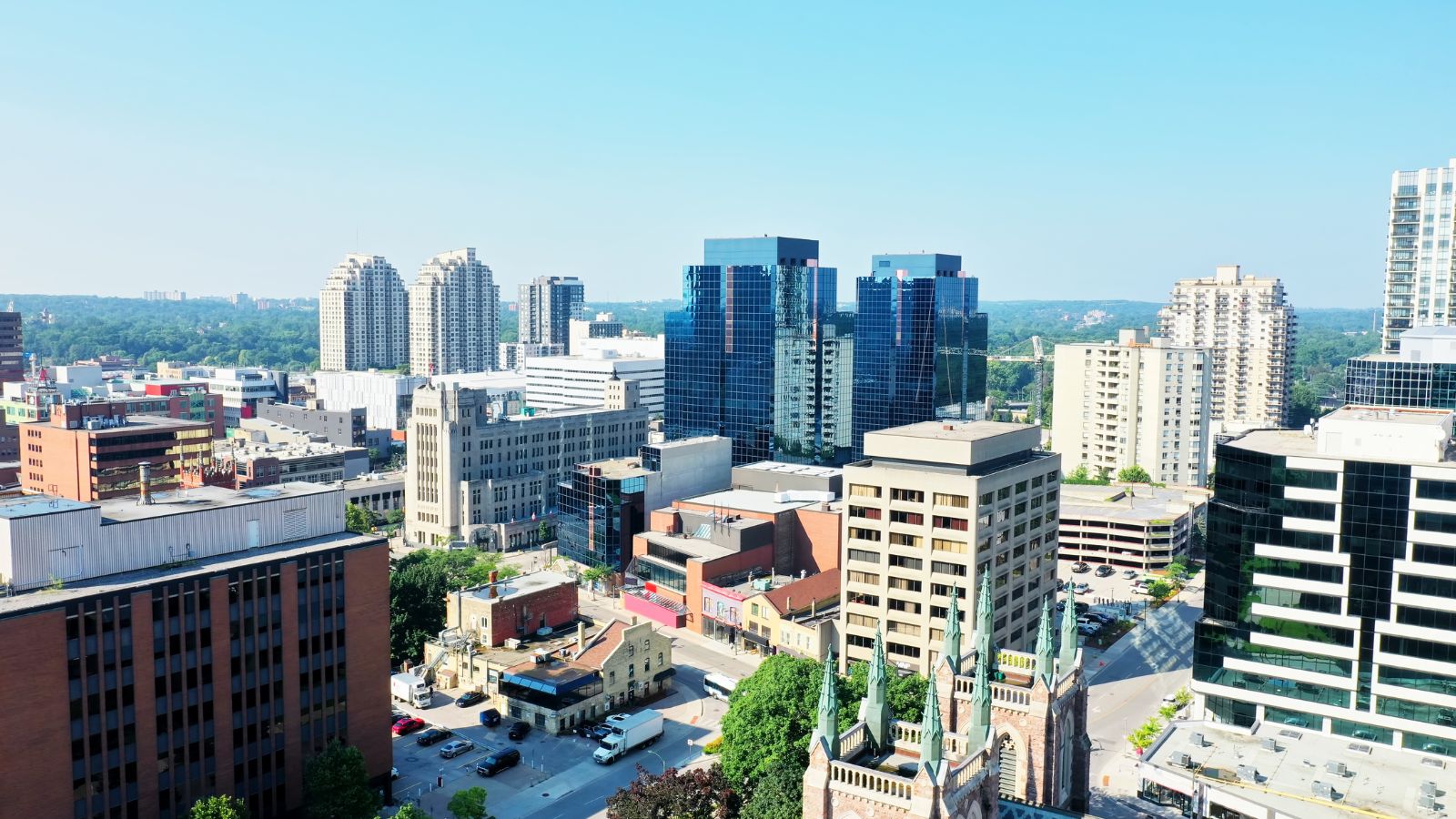
London has quietly built a resilient economy based on education, healthcare, and manufacturing. The presence of Western University ensures a steady flow of talent, while its health-tech and automotive sectors continue to expand. London’s unemployment rate remains below the national average, supported by strong small-business growth. The city is also benefiting from its location between Toronto and Detroit, giving manufacturers easy access to two major markets. Recent downtown redevelopment projects and tech accelerators have attracted younger demographics and entrepreneurs, turning London into one of Ontario’s most balanced urban economies with affordable living and solid infrastructure.
Regina, Saskatchewan
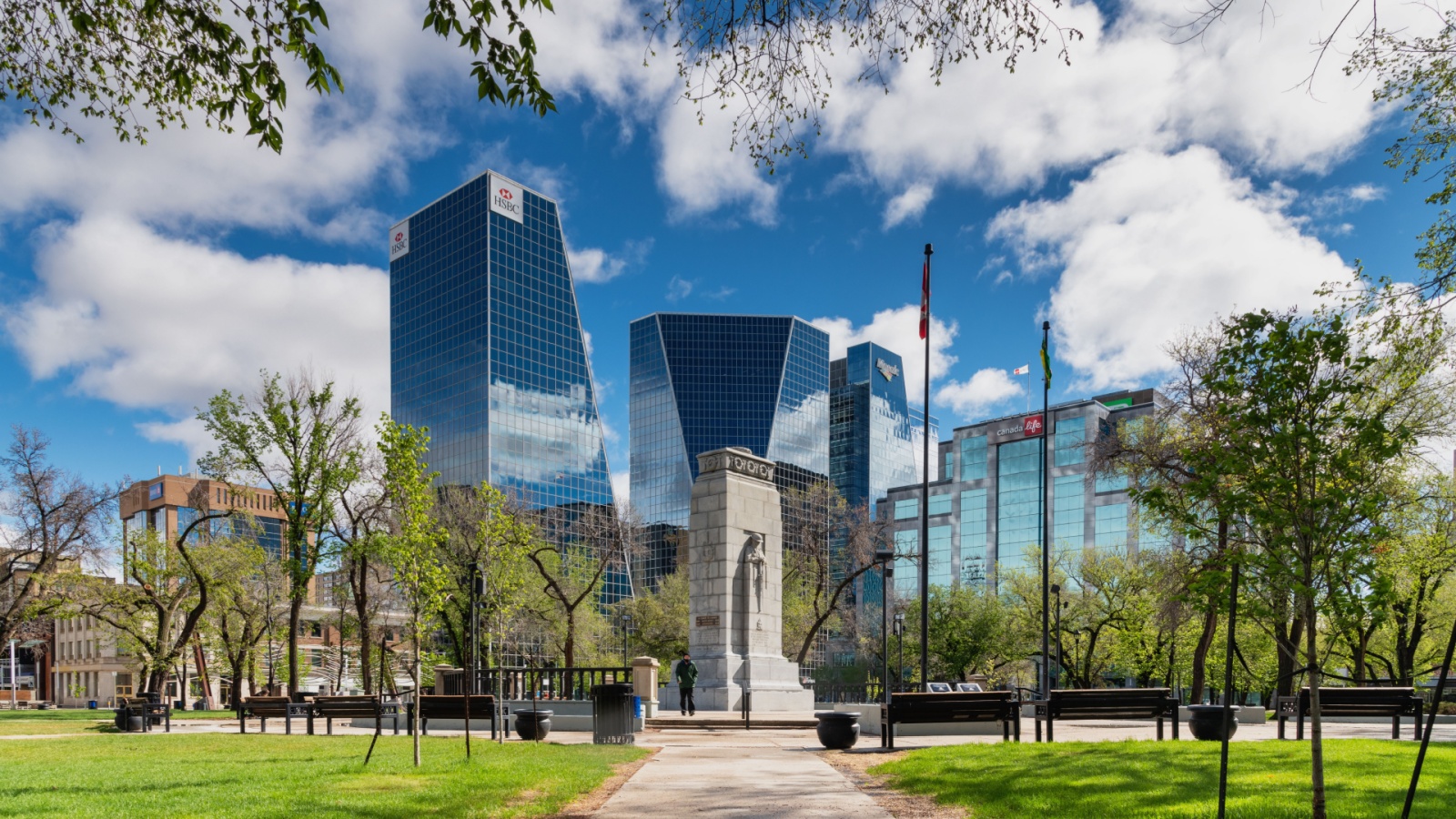
Regina’s steady rise stems from energy diversification, agri-business, and a growing logistics industry. Its location along key transportation corridors makes it ideal for distribution and warehousing. The provincial capital is investing heavily in renewable energy and environmental research, positioning itself as a Western sustainability leader. The city’s low unemployment and modest housing costs attract new migrants, while its infrastructure projects, like the bypass highway, support long-term mobility and growth. Regina’s economic stability contrasts with the boom-and-bust cycles often seen in resource-based regions, earning it a reputation as a pragmatic, growth-focused city that values long-term planning.
Charlottetown, Prince Edward Island

Charlottetown has been quietly thriving through innovation in biosciences, agriculture, and tourism. The BioCommons Research Park has made the city a hub for pharmaceutical and food research companies, while steady immigration has revitalized its workforce. The housing market remains more accessible than most provinces, drawing entrepreneurs and remote professionals seeking smaller-community life. Tourism remains vital, but the city’s efforts to diversify its economy into year-round industries have worked well. Population growth rates have exceeded national averages in recent years, making Charlottetown one of Atlantic Canada’s strongest economic performers despite its small size.
Windsor, Ontario

Windsor’s revival has been powered by the auto sector’s transformation. With multi-billion-dollar electric vehicle and battery plant investments, the city has regained its industrial momentum. Partnerships with Stellantis and LG Energy Solution are expected to create thousands of new jobs. Windsor’s manufacturing expertise, combined with its cross-border location near Detroit, offers unparalleled trade access. The city has also expanded its education and healthcare infrastructure to support this resurgence. After decades of economic decline, Windsor is again a magnet for skilled trades, engineers, and tech professionals involved in the EV revolution shaping Canada’s industrial future.
St. John’s, Newfoundland and Labrador

St. John’s is finding a new economic footing beyond offshore oil. The city’s growing tech, tourism, and ocean research sectors are driving steady growth. Memorial University’s Marine Institute leads innovations in fisheries and ocean mapping, helping diversify the local economy. Cultural tourism has rebounded strongly, aided by international film and media projects shot in Newfoundland. Housing remains affordable, and population retention has improved due to expanding job opportunities in tech and science. The city’s balanced approach to tradition and modernization has allowed it to stabilize and grow even amid challenging energy market conditions.
Barrie, Ontario

Barrie’s location between Toronto and cottage country has turned it into a high-growth commuter city with a strong local economy. Infrastructure projects like the GO train expansion have made it more accessible, attracting residents priced out of the GTA. Tech firms and construction companies are creating jobs, while small businesses thrive in the revitalized downtown core. The city’s population has grown by over 10 percent in the last five years. With lower housing prices and improving transit, Barrie has become one of Ontario’s fastest-rising urban areas for both families and entrepreneurs.
Lethbridge, Alberta

Lethbridge is emerging as a regional powerhouse through agriculture, renewable energy, and education. The city’s economy is anchored by the University of Lethbridge, which supports innovation in food and environmental sciences. Its renewable energy projects, especially in wind and solar, have attracted green investment. The local agri-food sector benefits from modern processing facilities, helping Alberta’s export industry. Lethbridge’s affordable cost of living and lower housing prices attract young professionals and retirees alike. Its infrastructure investments and sustainable approach to growth are making it one of Alberta’s most balanced mid-sized cities.
Nanaimo, British Columbia
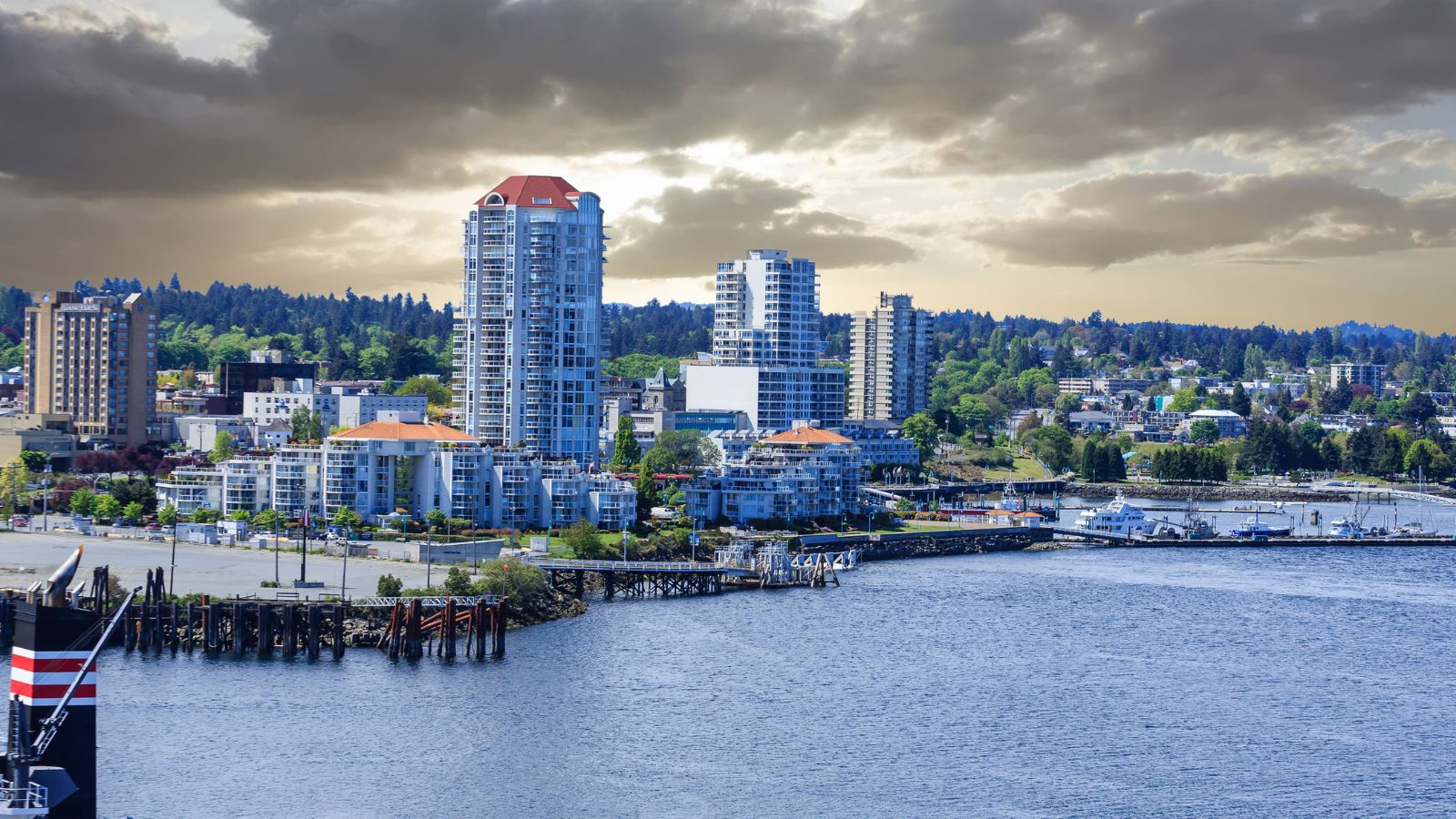
Nanaimo has quietly evolved from a ferry stop to a growing city with diverse industries. Affordable housing compared to Victoria and Vancouver has drawn families and remote workers. The city’s port, tourism, and construction sectors remain strong, while its emerging tech and education base add year-round economic depth. Population growth is among the fastest on Vancouver Island, supported by steady immigration. Infrastructure projects like downtown revitalization and the fast ferry to Vancouver are improving accessibility. Nanaimo’s steady rise shows how secondary coastal cities can thrive with smart planning and community-driven development.
Red Deer, Alberta

Positioned between Calgary and Edmonton, Red Deer benefits from strategic geography and steady diversification. Manufacturing, construction, and healthcare are core industries, supported by a growing logistics sector. The city’s lower costs and access to major transportation routes attract small and mid-sized businesses. Recent investments in housing and local services have improved livability, while population growth remains consistent. Red Deer’s focus on balancing industrial and service employment helps cushion economic volatility. It’s now considered one of Alberta’s most practical cities for both investment and family living, combining opportunity with affordability.
Thunder Bay, Ontario
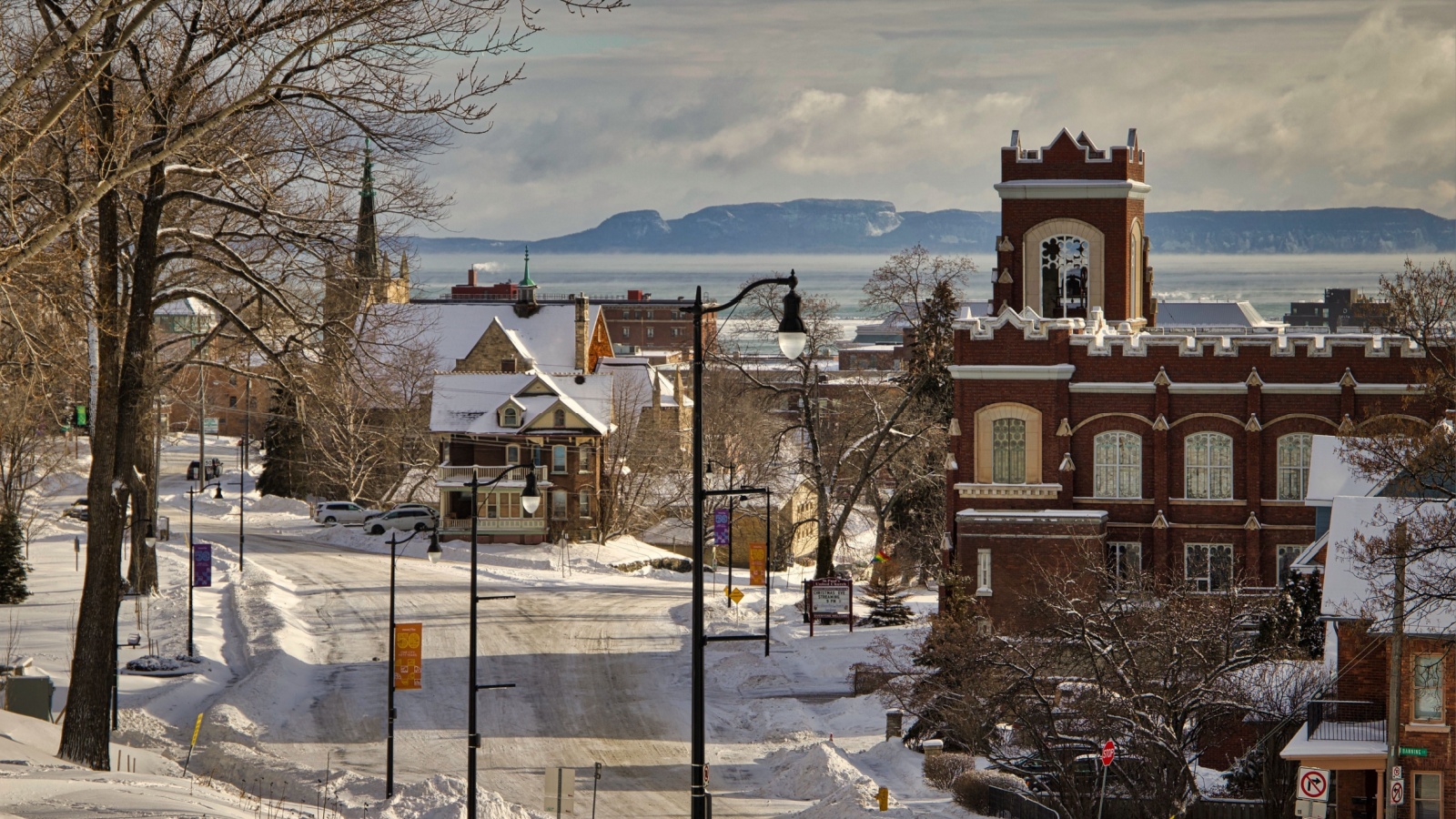
Thunder Bay’s turnaround story lies in innovation, trade, and education. Once reliant on forestry and shipping, it’s now developing strengths in healthcare, manufacturing, and digital industries. Lakehead University and the Thunder Bay Regional Research Institute have driven growth in medical research and renewable energy technology. The port continues to play a role in national trade, handling increasing agricultural exports. Despite its remote location, Thunder Bay’s infrastructure and business-friendly policies have encouraged startups and skilled professionals to settle. Its gradual but steady expansion reflects a focused approach to regional revitalization.
Sherbrooke, Quebec
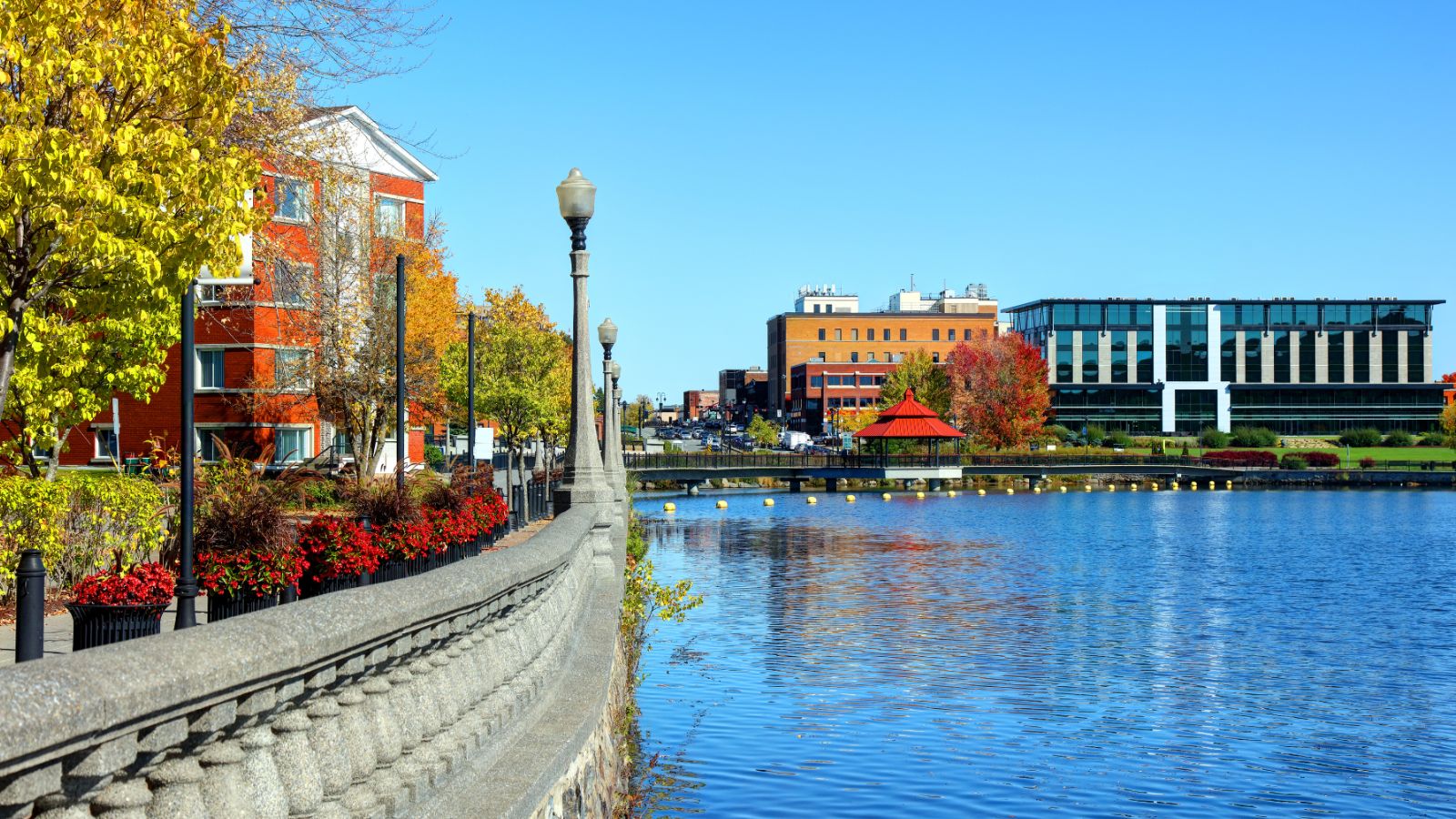
Sherbrooke has built a knowledge-driven economy around its universities and research centers. Its bilingual workforce attracts companies in biotech, microelectronics, and environmental engineering. The city’s affordable housing and strong community life appeal to young professionals and international students. Innovation hubs like Espace-inc support startups, while Sherbrooke’s renewable energy projects enhance sustainability. Population and job growth have remained consistent, supported by education, healthcare, and research. The city’s focus on collaboration between academia and business makes it a model for Quebec’s future regional development.
Fredericton, New Brunswick

Fredericton’s economy is thriving thanks to digital innovation and smart urban policies. The city brands itself as an “intelligent community,” leading in cybersecurity and IT infrastructure. The University of New Brunswick’s research programs have spawned multiple successful tech startups, and its energy research continues to attract global attention. The downtown area has experienced revitalization, while affordable housing keeps attracting newcomers. With growing investment in clean technology and information services, Fredericton has become one of the most future-focused small capitals in the country. Its stability and innovation-led growth keep it ahead of regional peers.
Kamloops, British Columbia

Kamloops has transformed into a hub for logistics, education, and outdoor tourism. Its strategic location along key transport routes supports warehousing and trade, while Thompson Rivers University adds to the talent pool. The city’s balanced growth model supports construction, healthcare, and education sectors equally. Real estate remains more affordable than major B.C. centers, attracting professionals and retirees. Kamloops has also expanded renewable energy projects and infrastructure modernization. These efforts, combined with strong community planning, have positioned it as one of the most livable and economically stable smaller cities in Western Canada.
21 Products Canadians Should Stockpile Before Tariffs Hit

If trade tensions escalate between Canada and the U.S., everyday essentials can suddenly disappear or skyrocket in price. Products like pantry basics and tech must-haves that depend on are deeply tied to cross-border supply chains and are likely to face various kinds of disruptions
21 Products Canadians Should Stockpile Before Tariffs Hit
